Are you ready to embark on an exciting adventure through Costa Rica’s breathtaking nature reserves? Look no further! In this beginner’s guide, we will take you on a journey to discover the wonders and diversity of this tropical paradise. From lush rainforests to pristine beaches, Costa Rica offers an abundance of opportunities to connect with nature and immerse yourself in its beauty. Whether you’re a novice hiker or a wildlife enthusiast, this article will provide you with essential tips and insights to make your visit unforgettable. Get ready to explore Costa Rica’s nature reserves like a pro!
Basics of Nature Reserves in Costa Rica
Understanding what nature reserves are
Nature reserves are protected areas of land that have been set aside to conserve the country’s unique and valuable natural resources. In Costa Rica, nature reserves are managed by the National System of Conservation Areas (SINAC) and are carefully regulated to ensure the preservation of the country’s diverse ecosystems. These reserves serve as havens for wildlife, including endangered species, and help to maintain the ecological balance of the region.
Importance of nature reserves in Costa Rica
Nature reserves play a crucial role in Costa Rica’s commitment to environmental conservation and sustainable development. The country is renowned for its rich biodiversity, housing approximately 5% of the world’s plant and animal species. By designating and protecting nature reserves, Costa Rica aims to safeguard its natural heritage for future generations, as well as contribute to global efforts in biodiversity conservation.
Diversity of flora and fauna in Costa Rican preserves
Costa Rican nature reserves are home to an incredible array of flora and fauna. With its unique geography and varied climates, the country boasts an astounding variety of ecosystems, ranging from lush rainforests and cloud forests to mangroves and volcanic landscapes. Within these reserves, visitors have the opportunity to encounter an astonishing diversity of plant and animal species, including colorful birds, monkeys, jaguars, and delicate orchids.
Preparation Before Your Visit
Documents needed for entry
Before embarking on your journey to Costa Rica’s nature reserves, it is essential to ensure you have all the necessary documents for entry. For most visitors, a valid passport is required, with a minimum validity of six months. Additionally, tourists must have a return or onward ticket, as well as proof of sufficient funds to cover their stay. It is advisable to check the specific entry requirements for your country of residence and consult with your travel agent or the Costa Rican embassy or consulate.
Ideal seasons for visiting
Costa Rica’s nature reserves offer unique experiences throughout the year, but the ideal time to visit may vary depending on your interests and preferences. The country has two primary seasons – the dry season (December to April) and the rainy season (May to November). The dry season is favored by many visitors due to its drier weather and increased accessibility to certain areas. However, the rainy season also holds its own allure, with verdant landscapes, fewer crowds, and the chance to witness amazing wildlife activity.
Packing necessities for the journey
When packing for your visit to Costa Rica’s nature reserves, it is important to be prepared for various outdoor activities and diverse weather conditions. Some essential items to consider include lightweight and breathable clothing, long-sleeved shirts and pants for protection against insects and sun exposure, a good pair of hiking shoes or boots, a hat, and sunglasses. Additionally, you may want to bring a rain jacket or poncho, sunscreen, insect repellent, a refillable water bottle, and a camera to capture the stunning beauty of these reserves.
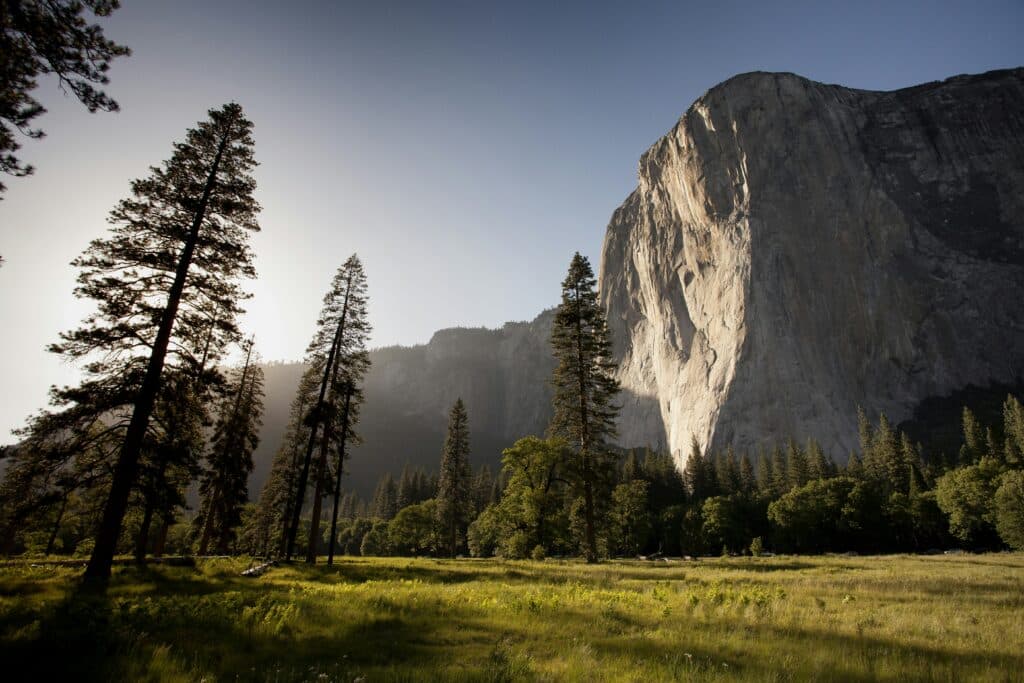
Safety Measures While Visiting Nature Reserves
Adhering to rules and regulations
Ensuring your safety and the preservation of the nature reserves go hand in hand. It is crucial to familiarize yourself with the rules and regulations of the specific reserve you plan to visit. These regulations may include guidelines on hiking trails, camping restrictions, wildlife interaction, and waste management. By adhering to these rules, you contribute to the conservation efforts and protect the delicate ecosystems within the reserves.
Interactions with wildlife
Encountering wildlife in their natural habitat is one of the highlights of visiting Costa Rica’s nature reserves. However, it is important to remember that these animals are wild and must be treated with respect and caution. Keep a safe distance from any wildlife you encounter and avoid approaching or feeding them. Do not disturb nesting sites or attempt to touch or handle any animals unless under the guidance of a trained guide. Appreciating wildlife from a distance ensures their well-being and preserves the integrity of their natural behaviors.
Dealing with emergencies
While Costa Rica’s nature reserves are generally safe, it is always wise to be prepared for emergencies. Before embarking on any activities, inform someone of your plans and make sure to have a first aid kit with essential supplies. Familiarize yourself with the location of nearby medical facilities and emergency contact numbers. In case of an emergency, stay calm and follow the guidance of local authorities or park rangers. It is also advisable to have travel insurance that covers medical assistance and evacuation if necessary.
Characteristics of Costa Rican Climate and Terrain
Understanding the tropical climate
Costa Rica’s location in Central America gives it a tropical climate, characterized by relatively stable temperatures throughout the year. The average temperature in the lowlands ranges from 70°F to 80°F (21°C to 27°C), while temperatures in the highlands tend to be cooler. Humidity levels are generally high, particularly during the rainy season. It is important to be prepared for sudden changes in weather, such as afternoon showers or cooler temperatures at higher elevations.
Preparation for diverse terrains
Costa Rica’s nature reserves encompass a wide range of terrains, from rugged mountains to coastal areas and everything in between. It is important to consider the specific terrain you will encounter and pack accordingly. If you plan on hiking in mountainous areas or cloud forests, sturdy hiking boots with ankle support are recommended. For beach visits or wetland exploration, sandals or water shoes are more suitable. Research the specific reserve you are visiting to ensure you have appropriate footwear and clothing for the terrain.
Important information about the rainy season
Costa Rica’s rainy season, known as the “green season,” spans from May to November. This is when the country experiences its highest rainfall, resulting in lush vegetation and vibrant landscapes. While the rainy season may deter some travelers, it offers its own unique advantages, such as fewer crowds and lower prices. It is important to note that rainfall patterns can vary throughout the country, with the Caribbean coast often experiencing more intense rainfall than the Pacific coast. Be prepared with waterproof gear and plan outdoor activities accordingly.
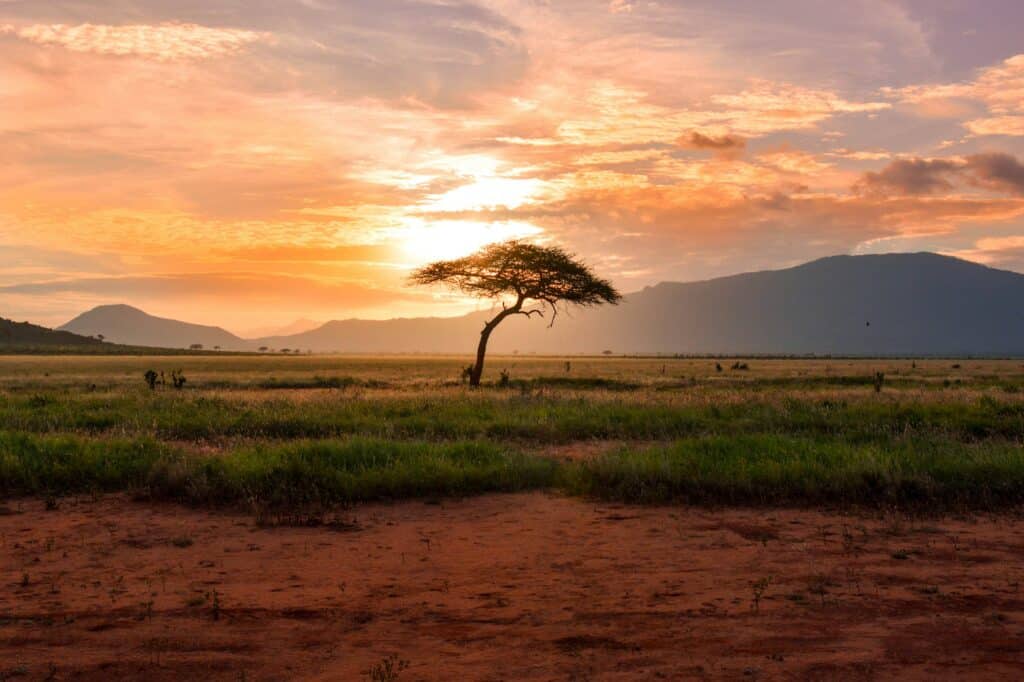
Exploring Monteverde Cloud Forest Reserve
Unique features of Monteverde Cloud Forest
The Monteverde Cloud Forest Reserve is revered for its unique ecosystem and breathtaking natural beauty. Located in the Tilarán Mountain Range, the reserve is characterized by its dense mist and mystical cloud cover, which creates a mystical atmosphere. The temperate climate, combined with the abundant moisture, supports a vast array of plant life, including orchids, mosses, and ferns. This ethereal environment also provides a sanctuary for countless species of birds, mammals, reptiles, and amphibians.
Wildlife to look out for
Monteverde Cloud Forest Reserve is a haven for wildlife enthusiasts. With over 400 bird species, including the iconic resplendent quetzal, as well as fascinating mammals like howler monkeys and sloths, there is no shortage of captivating wildlife to observe. Keep an eye out for the charismatic tree frog, known as the red-eyed tree frog, and the elusive jaguarundi, a small wildcat species. Guided tours are available to enhance your chances of spotting these incredible creatures and learning more about their behavior.
Available hiking trails and tours
Exploring Monteverde Cloud Forest Reserve is a hiker’s dream, with an extensive network of well-maintained trails that cater to different levels of difficulty and interests. The trails lead visitors through a variety of ecosystems, from the dense cloud forest to breathtaking viewpoints and serene waterfalls. The iconic Suspension Bridge Trail allows for a unique perspective of the forest canopy, while the Sky Walk provides an elevated walkway above the treetops. Guided tours are available and offer informative insights into the reserve’s ecology and natural history.
Discovering Corcovado National Park
Overview of Corcovado National Park
Corcovado National Park is a true gem of Costa Rica’s nature reserves, celebrated for its unrivaled biological diversity. Located on the Osa Peninsula in southwestern Costa Rica, the park is often described as a “biological corridor,” as it connects several protected areas, allowing for the movement of wildlife between them. Corcovado is home to an estimated 2.5% of the world’s biodiversity in a mere 0.1% of its land area, making it a must-visit for nature enthusiasts and researchers alike.
Flora and fauna of Corcovado
The immense biodiversity of Corcovado National Park can be attributed to its complex ecosystems, which range from lowland rainforests to marshes and coastal habitats. The park supports an incredible array of plant life, including towering trees, vibrant epiphytes, and various species of palms. When it comes to fauna, Corcovado is hard to beat. Visitors may encounter all four Costa Rican monkey species, including the elusive and endangered Baird’s tapir, as well as jaguars, ocelots, and a myriad of colorful bird species.
Activities to do in Corcovado
Corcovado National Park offers a plethora of activities that allow visitors to explore and appreciate its natural wonders. Guided hikes along the park’s extensive trail system provide opportunities to observe wildlife, spot rare bird species, and marvel at the stunning waterfalls and rivers. Snorkeling and scuba diving in the surrounding marine areas reveal a wealth of underwater treasures, including vibrant coral reefs and playful dolphins. For a truly immersive experience, consider spending a night in one of the park’s designated camping areas.

Investigating Manuel Antonio National Park
Highlights of Manuel Antonio National Park
Manuel Antonio National Park is renowned for its picturesque beauty, with its pristine beaches, lush rainforests, and abundant wildlife. Located on the Pacific coast of Costa Rica, this relatively small but biodiverse park offers a unique blend of coastal and forest habitats. Its popularity among visitors is understandable, given its stunning white sand beaches, towering cliffs, and vibrant coral reefs. Whether you are a sunbather, nature lover, or adventure seeker, Manuel Antonio has something for everyone.
Active wildlife species in the park
One of the main draws of Manuel Antonio National Park is the incredible diversity of wildlife that can be spotted within its boundaries. From tiny tree frogs to agile monkeys and elusive sloths, the park is a haven for animal enthusiasts. Capuchin monkeys are frequently seen swinging through the trees, while three-toed sloths can often be spotted lazily hanging from the branches. With over 100 mammal species, 180 bird species, and countless reptiles and amphibians, every corner of the park offers a chance to encounter fascinating creatures.
Attractions around the national park
Manuel Antonio National Park is surrounded by a variety of attractions that enhance the overall experience of visiting the area. The nearby town of Quepos offers vibrant nightlife, delicious dining options, and a glimpse into Costa Rican culture and history. Adventurous visitors may want to explore the Damas Island mangrove estuary, which can be accessed via boat or kayak, allowing for an up-close encounter with an impressive array of plant and animal species. Additionally, various water sports, such as snorkeling and paddleboarding, can be enjoyed along the idyllic coastline.
Experiencing Tortuguero National Park
Tortuguero National Park’s unique ecology
Tortuguero National Park, situated on the Caribbean coast of Costa Rica, is a tropical paradise renowned for its unique ecology and commitment to sea turtle conservation. The park is known as the most important nesting site in the Western Hemisphere for the endangered green sea turtle. It is also home to a wide range of other unique flora and fauna, including jaguars, manatees, and a myriad of colorful bird species. The park’s vast network of canals and lagoons, along with its unspoiled beaches, make it a haven for nature lovers and adventure seekers.
The sea turtle nesting season
One of the most extraordinary natural events that takes place in Tortuguero National Park is the sea turtle nesting season. From July to October, thousands of green and loggerhead turtles make their way ashore to lay their eggs in the soft sand. Witnessing this incredible nesting process is a truly once-in-a-lifetime experience. It is important to note that strict regulations and guidelines are in place to protect the turtles and minimize human impact during this sensitive time. Visitors can join guided night tours to observe these magnificent creatures in their natural habitat.
Boat and canoe tours
Exploring Tortuguero’s intricate network of canals and navigable waterways is a must-do activity when visiting the national park. From the comfort of a boat or canoe, visitors can glide through the lush vegetation and get up close to the abundant wildlife that thrives in these wetland habitats. Knowledgeable guides provide insights into the park’s ecology and point out fascinating species such as caimans, river otters, and an array of birdlife. For a more immersive experience, opt for a sunrise or sunset tour to witness the park’s magical ambiance at its best.
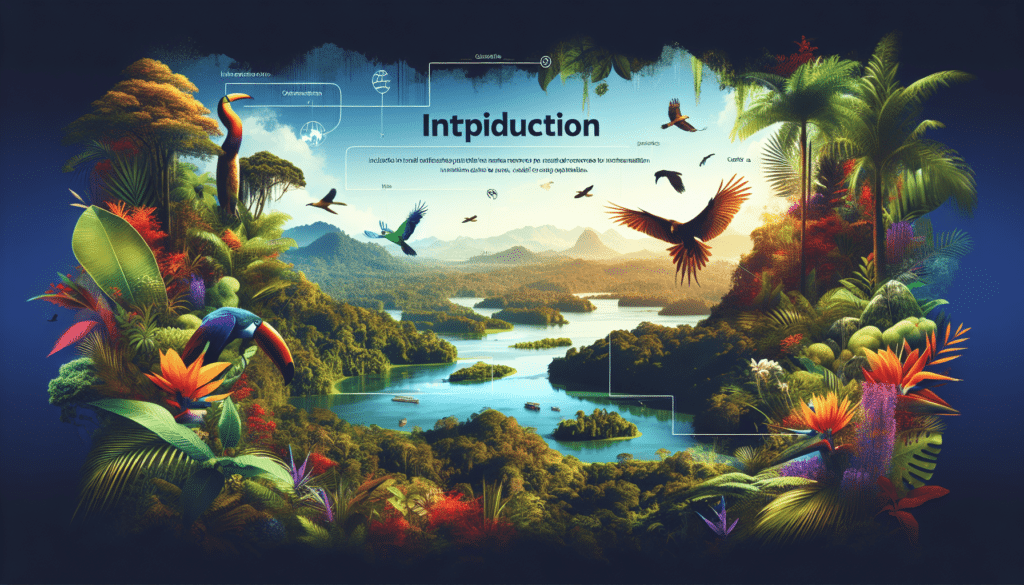
Visiting Arenal Volcano National Park
Features of Arenal Volcano National Park
Arenal Volcano National Park is home to one of Costa Rica’s most iconic and active volcanoes. Situated in the northern part of the country, the park offers a unique blend of adventure and relaxation. Arenal Volcano dominates the landscape with its perfect conical shape, and its frequent eruptions until 2010 made it a popular tourist attraction. While the volcano is currently in a resting phase, visitors can still marvel at its majestic presence and enjoy the park’s many other captivating features.
Understanding the volcano’s history
Arenal Volcano has a tumultuous past, with its last major eruption occurring in 1968. This catastrophic eruption resulted in the loss of several lives and caused significant damage to the surrounding area. Since then, the volcano has been periodically active, with intermittent eruptions until 2010. Today, Arenal provides an opportunity for visitors to learn about its volatile nature and the regenerative power of nature. Interpretive trails and visitor centers within the national park provide educational resources on the volcano’s geology and its impact on the surrounding ecosystem.
Spa and hot spring facilities
One of the highlights of a visit to Arenal Volcano National Park is the chance to relax in the region’s renowned hot springs and spa facilities. The volcanic activity of Arenal warms the groundwater of the area, creating numerous hot springs and thermal pools with soothing mineral-rich waters. These natural oases offer visitors an opportunity to unwind and rejuvenate amidst breathtaking tropical scenery. Many resorts and spas in the Arenal area offer various spa treatments, from volcanic mud wraps to massages, allowing you to fully indulge in the restorative nature of the region.
Eco-Tourism in Costa Rica’s Nature Reserves
Understanding the role of eco-tourism
Costa Rica’s nature reserves have become global exemplars of sustainable tourism, with a strong emphasis on eco-tourism practices. Eco-tourism refers to responsible travel that aims to minimize environmental impact while promoting the well-being of local communities. In Costa Rica, eco-tourism plays a vital role in protecting the country’s natural resources, fostering conservation efforts, and generating income for local communities. By participating in eco-tourism activities, visitors can help contribute to the long-term sustainability of these nature reserves.
Benefits of eco-tourism to local communities
Eco-tourism in Costa Rica’s nature reserves brings numerous benefits to local communities. The revenue generated from eco-tourism activities provides income and employment opportunities for local residents, reducing their reliance on unsustainable practices such as logging or illegal hunting. Additionally, eco-tourism often encourages the preservation of traditional cultures and crafts, as visitors seek authentic experiences. By supporting local businesses, visitors can directly contribute to the social and economic well-being of the communities living in and around the nature reserves.
How to be a responsible eco-tourist
Being a responsible eco-tourist involves adopting certain practices that help minimize your environmental impact and maximize the positive contributions you make. Some key principles to keep in mind include:
-
Respect the environment: Follow designated trails, dispose of waste properly, and avoid disturbing wildlife or their habitats.
-
Support local communities: Seek out locally owned accommodations, restaurants, and tour operators. Engage with the local culture and purchase crafts or products that directly benefit the community.
-
Conserve resources: Conserve water and energy by taking shorter showers, turning off lights and air conditioning when not in use, and using reusable water bottles.
-
Minimize waste: Reduce, reuse, and recycle whenever possible. Carry a reusable bag and avoid single-use plastics.
-
Educate yourself: Learn about the local culture, history, and biodiversity of the reserves you visit. Respect local customs, traditions, and guidelines.
By adopting these principles and making conscious choices, you can contribute to the preservation and sustainable development of Costa Rica’s nature reserves.
In conclusion, exploring Costa Rica’s nature reserves offers an unparalleled opportunity to immerse yourself in the country’s astonishing biodiversity and pristine natural landscapes. Before your visit, familiarize yourself with the rules and regulations, pack appropriate gear for diverse terrains and climates, and ensure you have the necessary documents for entry. During your visit, adhere to safety measures, respect wildlife, and be prepared for emergencies. Each reserve offers its own unique features and activities, whether it’s discovering the cloud forests of Monteverde, engaging with the wildlife in Corcovado, or experiencing the sea turtle nesting season in Tortuguero. Remember to be a responsible eco-tourist, supporting local communities and minimizing your environmental impact. With proper preparation and a sense of curiosity, your journey through Costa Rica’s nature reserves will undoubtedly be an unforgettable and enriching experience.
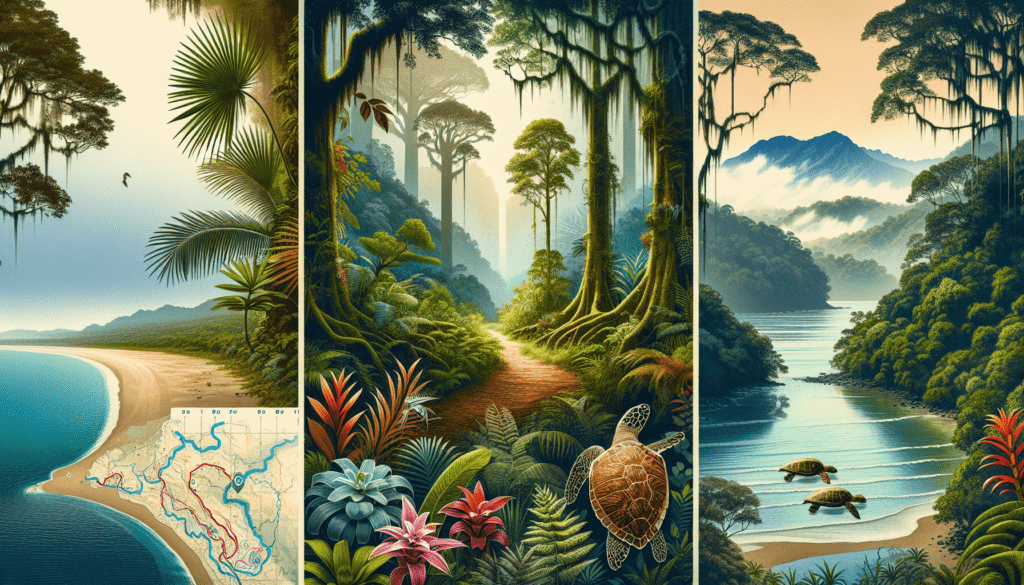

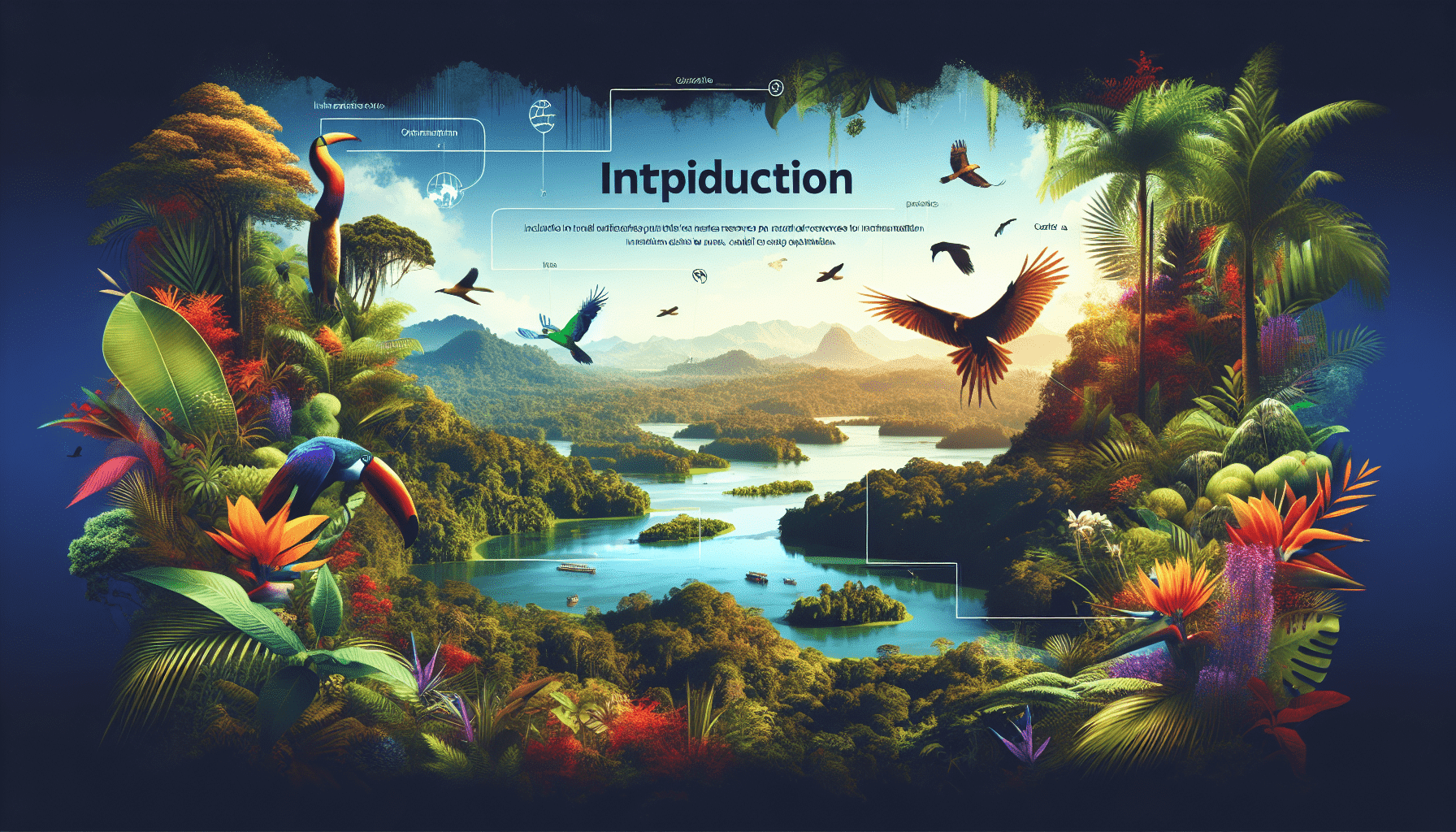





0 Comments